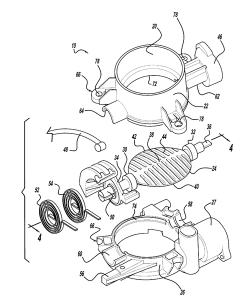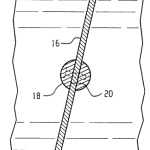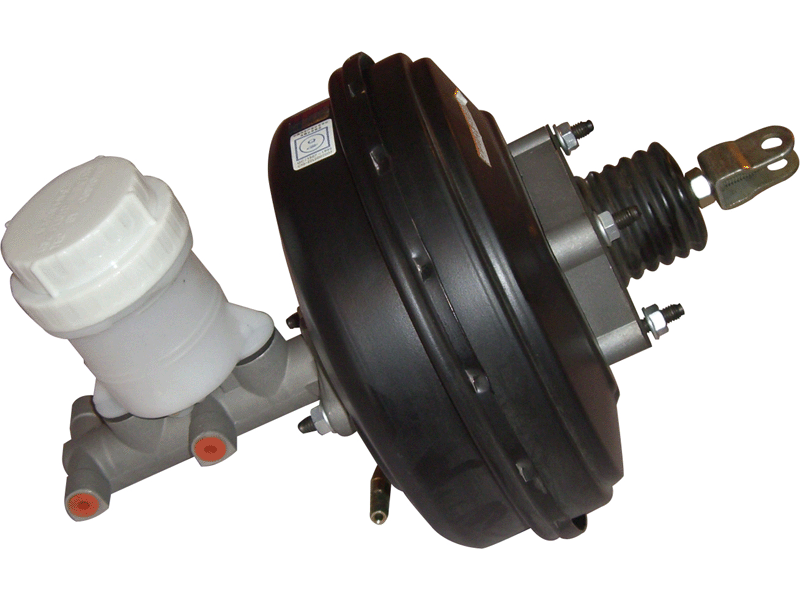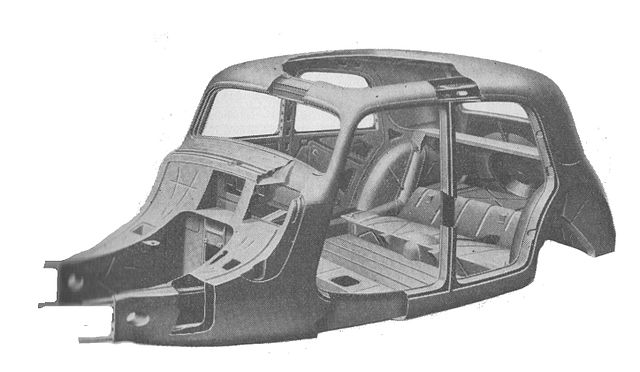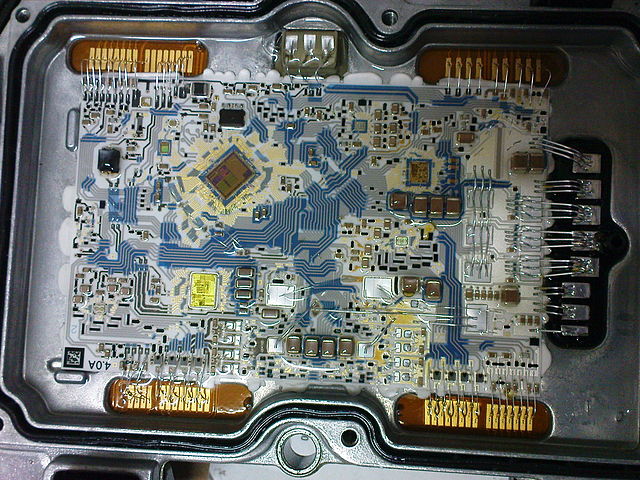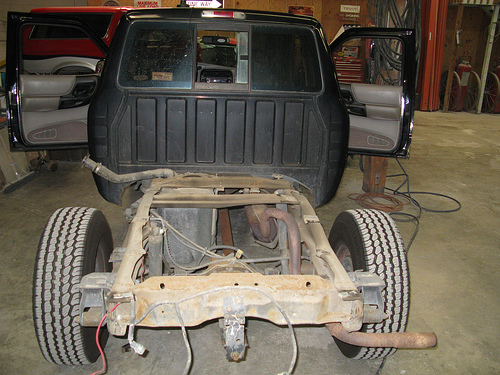What is a Throttle Body?
A throttle body is the intake system component in fuel-injected engines that the driver controls with the accelerator. Although the accelerator is commonly known as a “gas pedal,” it doesn’t actually control the delivery of fuel to the engine. Instead, it actually controls the flow of air. In fuel-injected engines, it specifically controls the angle of a butterfly valve inside of a throttle body. The throttle body typically also includes a throttle position sensor (TPS) which reports the angle of this valve to the engine control unit (ECU), which uses that information in various calculations.
In some ways, a throttle body is similar to a carburetor. This is particularly true in vehicles that use single-point fuel injection, where the fuel injector is built into the throttle body. However, most throttle bodies are only responsible for controlling the flow of air, where carburetors perform that function in addition to mixing the air and fuel before it enters the intake manifold.
Contents
Throttle Body Components
A typical throttle body consists of a one- or two-piece metal casing that has a large bore passing through the middle of it. This bore is partially or fully blocked by a component known as a throttle plate, which pivots on its axis (i.e. a butterfly valve.) The throttle plate is typically controlled by mechanical throttle linkage, except in cars that are equipped with drive-by-wire technology.
Although the throttle plate is the main way that controls the flow of air through a throttle body, these components sometimes include additional valves or paths for air to flow. One example is an idle air control valve, which is a component that allows an ECU to adjust the idle speed on the fly.
In addition to those main components, throttle bodies typically also include a throttle position sensor. This component is usually located on the main housing of the throttle body opposite of the throttle linkage, which allows it to be mechanically connected to the throttle plate.
Some throttle bodies are attached directly to a mass air flow sensor, but those sensors are sometimes located near the air filter box instead.
How Does a Throttle Body Work?
Throttle bodies work by providing the driver of a vehicle with a way to control the amount of air that is flowing through the intake system at any given time. Although the accelerator pedal is often referred to as a gas pedal, and phrases such as “step on the gas” are ingrained in our minds, the accelerator actually controls the flow of air into the engine.
When you press on the accelerator pedal, one of two things happen. In most cases, mechanical linkage between the pedal and the throttle body pulls on the throttle plate, which causes it to open. In vehicles that have electronic throttle control (ETC), this same thing happens, but an electric motor opens the throttle instead of mechanical linkage. When that happens, an increased amount of air is able to pass into the intake manifold of the engine, and the mass air flow sensor communicates that information to the engine control unit. The ECU also knows the position of the throttle plate thanks to information that it receives from the throttle position sensor.
In fuel-injected engines, the ECU is the component that actually controls the amount of fuel that is provided to the combustion chambers and the frequency that it is provided. So when the ECU is told that an increased volume of air is entering the intake, it “knows” that you are pushing on the accelerator pedal, and it provides more gas to the injectors.
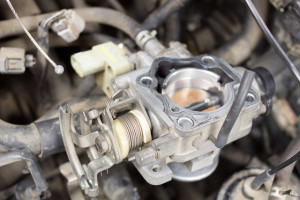
This is a typical throttle body, including (disconnected) throttle linkage, vacuum connections, and sensors.
How is Throttle Body Injection Different?
Most modern gasoline internal combustion engines use direct injection, but there have been a lot of other types of fuel injection used over the years. One type that isn’t found as often now as it once was is single-point injection. These systems are also referred to as “throttle body injection” because there is only one fuel injector, and it’s located inside the throttle body. This combines fuel and air delivery into a single component, similar to the functionality of carburetors.
Single-point fuel injection is referred to by a handful of different names, including throttle body injection (TBI), central fuel injection (CFI), EGI, and PGM-CARB. The throttle bodies in these systems are similar to those used in other, more modern fuel injection systems, aside from the fact that they have built-in fuel injectors.
Throttle Body Failure
When a throttle body goes bad, there are a few different common failure points. Although they can fail mechanically, it’s much more common for external parts and sensors (like the IAC or TPS) to go bad. The specific diagnostic procedure depends on the problem that you are experiencing, since there are a number of different components that can fail.
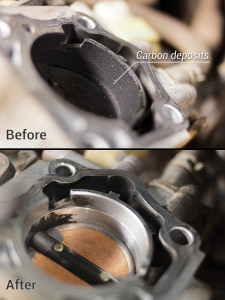
Coking can lead to idle problems and other issues to to a sticking or partially blocked throttle plate.
One common issue with throttle bodies is referred to as “coking.” This is an issue where rough, black residue builds up on the throttle plate or inside the bore, and it can cause anything from a rough idle to a hard start condition. In many cases, this issue can be fixed by simply cleaning the residue from the throttle plate and bore, although precautions may be necessary. Some throttle bodies are coated with materials that can be stripped away by harsh solvents (i.e. carburetor cleaner), so cleaning a throttle body can actually damage it if you aren’t careful.

